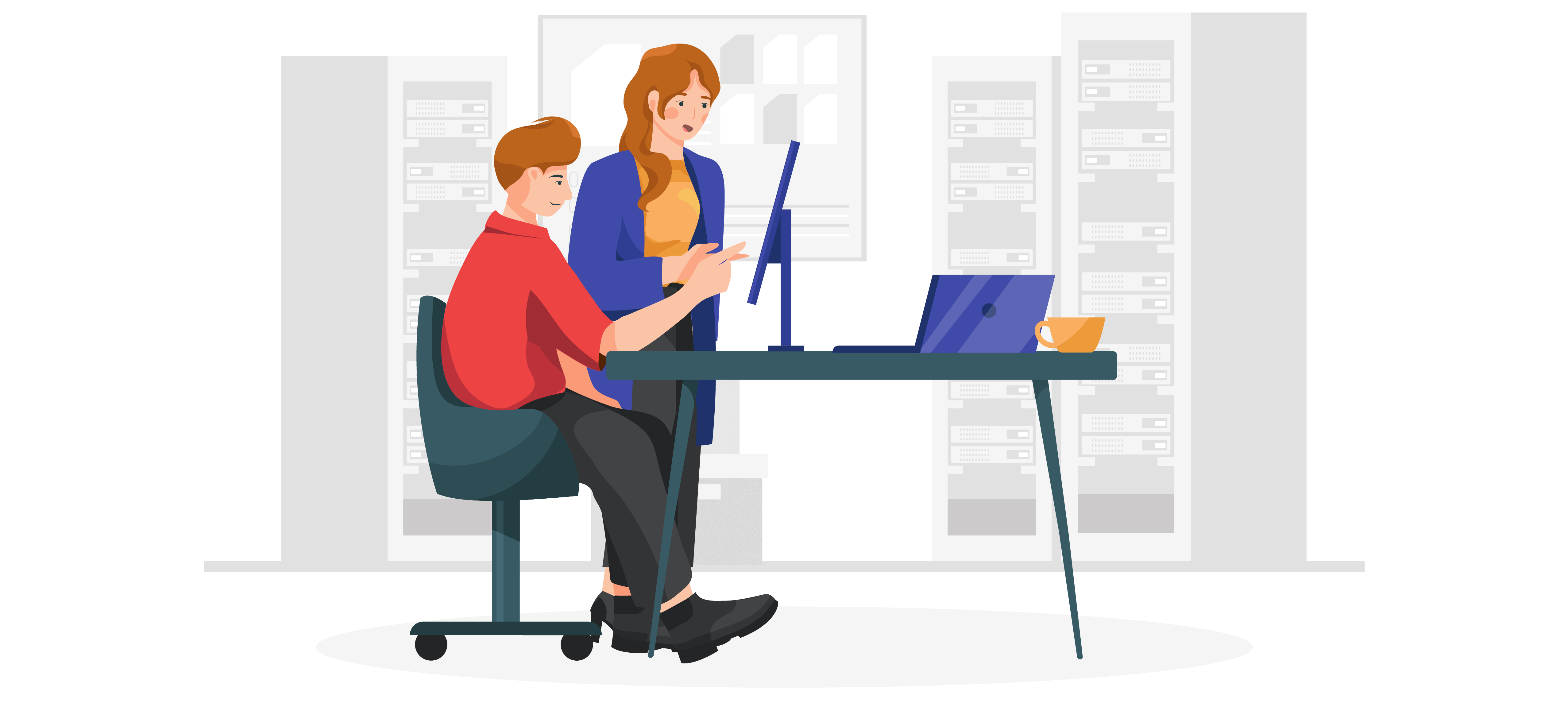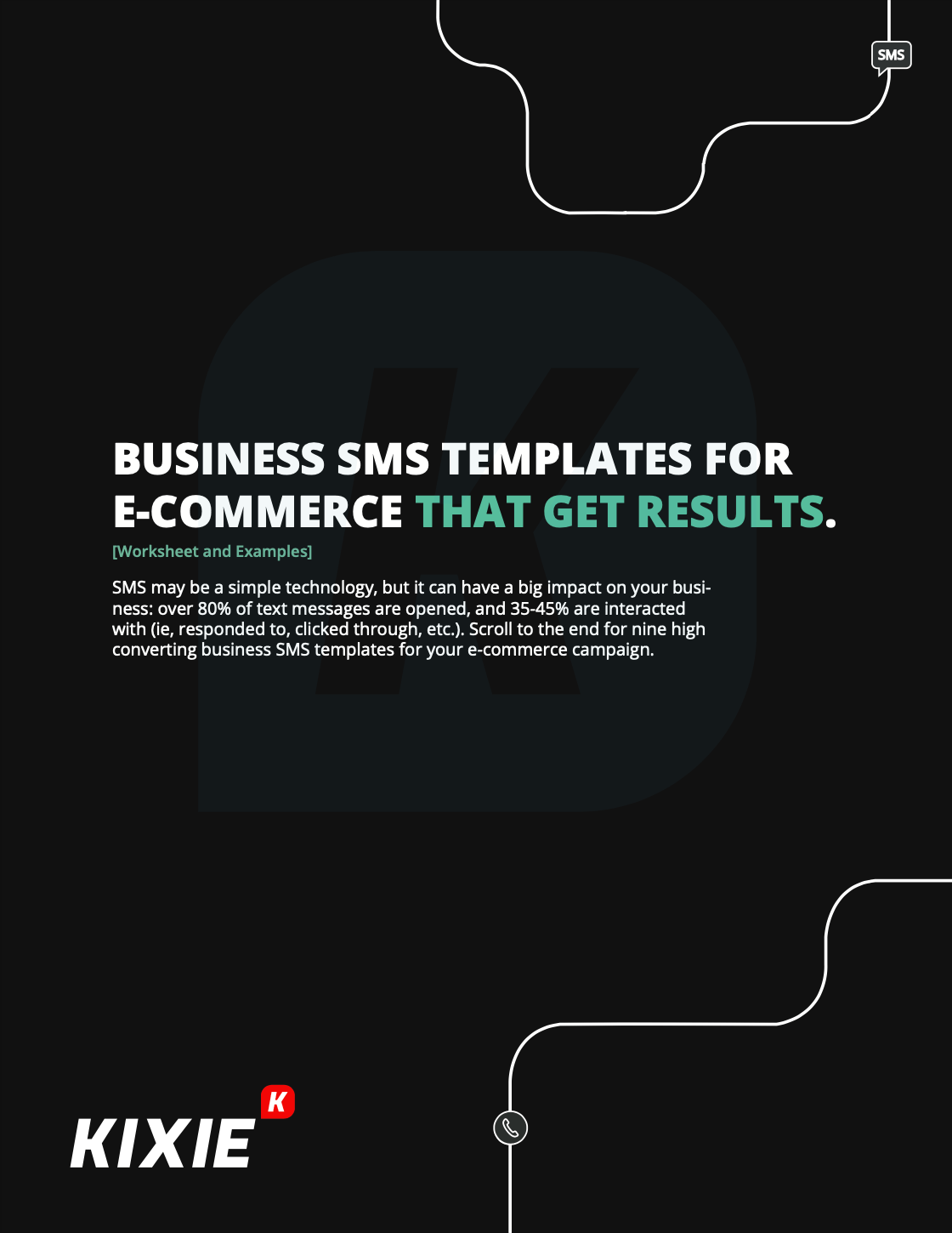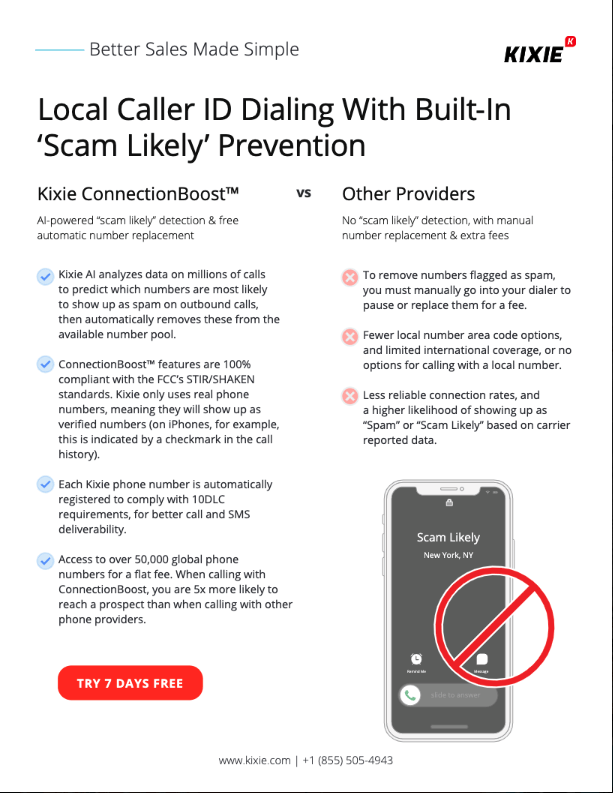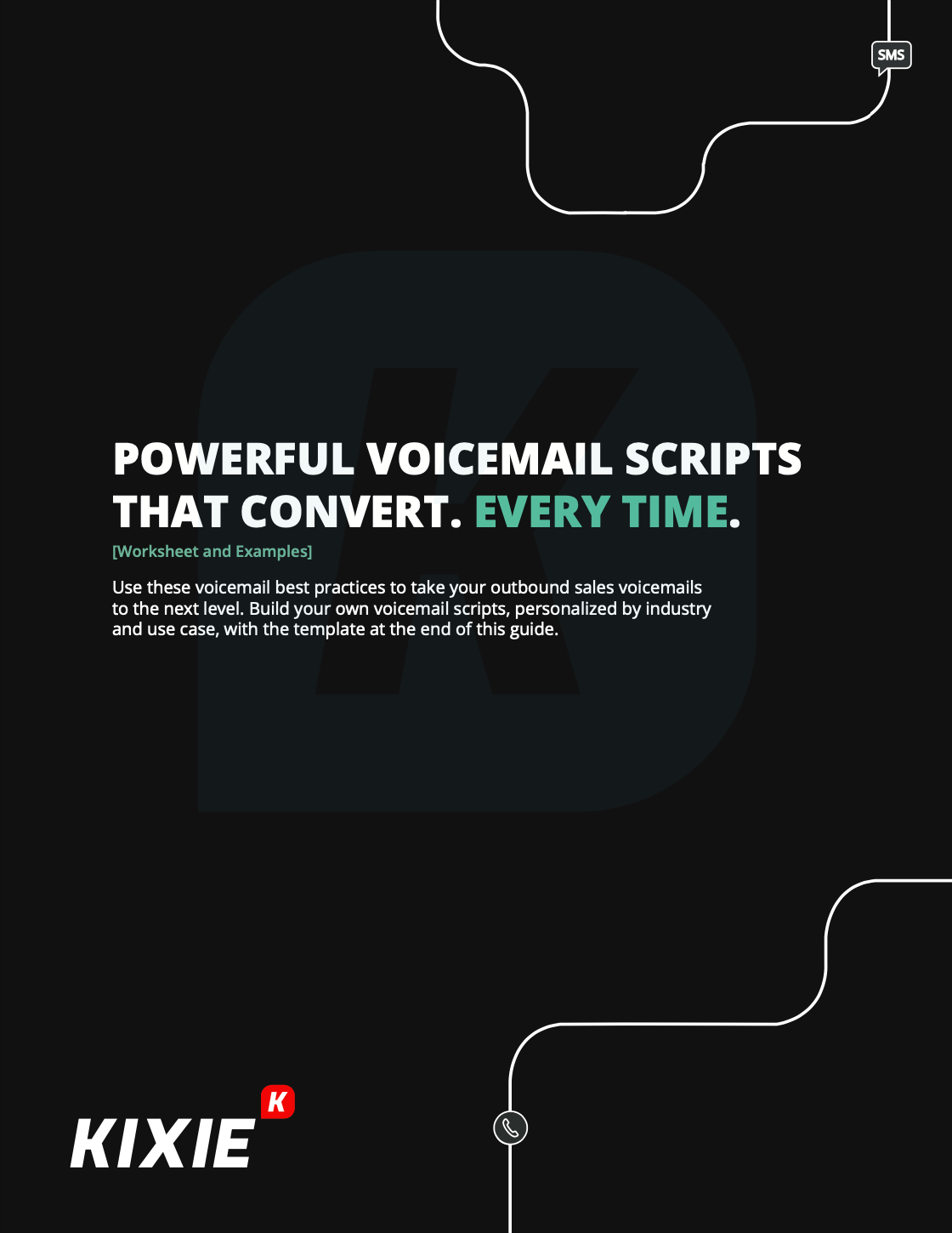In a new company’s rush to become competitive online, it’s tempting to jump on every tech fad that purports to be the next best thing. Many of these additions will indeed be supremely useful, improving the speed and quality of your service, but others ultimately offer marginal benefits and end up costing more to maintain than what they bring to the table.
Companies must always look for ways to streamline their operations, making them more efficient to cut costs. This is especially important when considering the technologies used in an online business. In this article, we’ll look at tech stacks, what they are and how you can best go about simplifying and streamlining the tech tools you use.
What is a Tech Stack?
A technology stack refers to all the technologies used to make an application work. There are always many elements involved in software applications. Your company’s website, for example, requires many layers of tech to function:
- Browser technologies
- Programming languages
- Programming frameworks
- Databases
- Web server software
- Operating systems
- Cloud systems
- Data transport protocols
- …and many more.
We use the term stack because high-level technologies depend on other lower-level technologies to function. We can think of them as being stacked on top of each other like a pyramid.
Each of these systems also tends to depend on other systems, too, so there are thousands of moving parts in operation at any single moment, even if we only think about one or two of these elements at a time.

What is a Sales Tech Stack?
Taking a more specific example, a sales tech stack (or sales enablement tech stack) refers to all the technologies your sales team uses to make sales.
A sales and marketing tech stack may contain any number of the following:
- Customer relationship management (CRM) software
- Sales enablement and prospecting tools
- Account sales planning software
- Scheduling apps
- Product demo software
- Auto-dialing software
- Video conferencing tools
- Email sequence software
- File-sharing tools
- E-signature software
- Team communication and management tools
- Brand management software
- SMS automation
- Social media tools
- Creative tools
- Project management tools
- …and many more.
Note that many of these tools are now facilitated through the cloud, meaning they’re perpetually available online to all your sales team. This can be very convenient, but this does mean they rely on even more technologies, including much of the website tech we discussed in the previous section.
The Problems of an Unwieldy Tech Stack
One of the major issues with a complex tech stack is that software needs to be updated periodically. Security patches, performance updates, and new features are constantly being added to almost all the elements in a modern tech stack.
When there’s a change to one piece of software in your tech stack, it can have a knock-on effect on other elements. So, you not only need to keep track of updates and perform them promptly but understand how these updates might affect the rest of your stack.
Tools you use in your stack are rarely created by the same company. You might use Salesforce as a CRM, Google Drive for file sharing, Zoom for product demos, and Slack for team messaging, for example. The different companies aren’t obliged to make sure their software continues to work in the specific ways you want them to, so you can sometimes find an update to one application causes it to stop working the way you expected when interfaced with another app.
Some features you offer your customers through a new addition to your tech stack can ultimately end up costing you more in resources than they’re worth. But then once they’re introduced, it’s hard to take them away from the small group of customers who have come to find them highly useful.

Decide on the Features Most Important to Your Business
When it comes to paring down your tech stack, you’ll need to make some difficult choices. Pinpoint the features that are the most important to your business, the ones you need rather than the ones you want. This process may not be easy or fast, but taking the time to evaluate the cost/benefit ratio each app lends to your business will make for a more streamlined and cost effective tech stack.
Get feedback from the users of your tech stack. If you’re looking to simplify your sales tech stack, ask your sales team which of the tools they use are indispensable and which they rarely use. Find out which elements cause sticking points in the sales process and research tools that could be better.
Think about how each of the elements in your tech stack affects customers. It’s safer to remove features that no customer will notice. Think about how you can accommodate customers that do use the features you plan to remove, or start by re-evaluating tools that are internal and not customer facing.
You can also weigh up software tools based on a cost-vs-benefit basis. You will find some tools work well enough but are simply costing your business too much to warrant their inclusion in your tech stack. You should either remove these or find cheaper alternatives. Similarly, you’ll find tools that aren’t expensive but don’t add much to your business except for added complexity and maintenance costs. These are tools that should be dropped whenever possible.
Choose Multi-Function Tools
Your tech stack can be greatly simplified with the smart use of cloud-based software-as-a-service solutions.
Paying a monthly fee, for instance, for a cloud-based software solution from a third party is often significantly cheaper than trying to build and manage a similar solution in-house. You no longer need to worry about ongoing maintenance and security updates for that specific part of your business, greatly simplifying your tech stack.
What’s more, using SaaS tools that offer you multiple features you need not only simplifies your tech stack immensely, but it’s also usually much more economical. Kixie, for example, is a business phone system, call center dialer, team management, and sales automation tool, all rolled into one. By choosing a multi-function tool like this, you require fewer moving parts.
It’s also a good idea to evaluate SaaS applications you’re already using to see if there are newly available features you can begin using without adding another app or another cost.
Your sales team will generally prefer using this more unified system rather than multiple smaller tools, too. They only need to learn one user interface, instead of having to understand the intricacies of multiple software tools.







